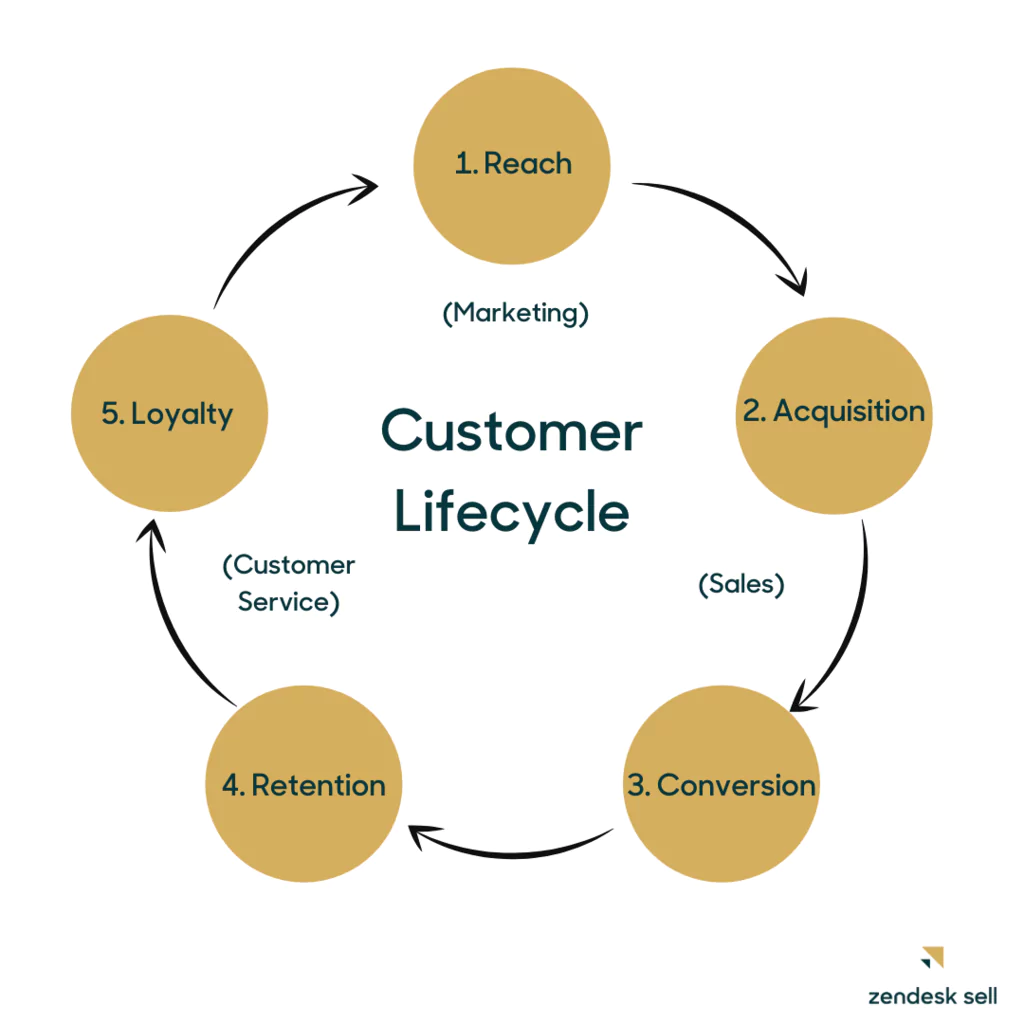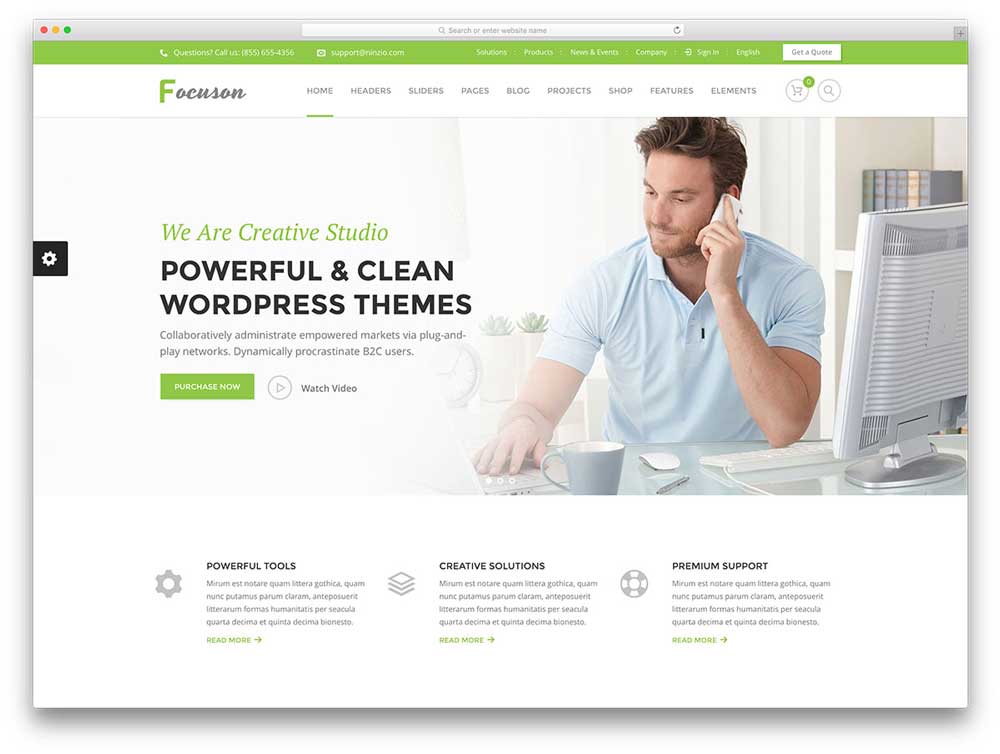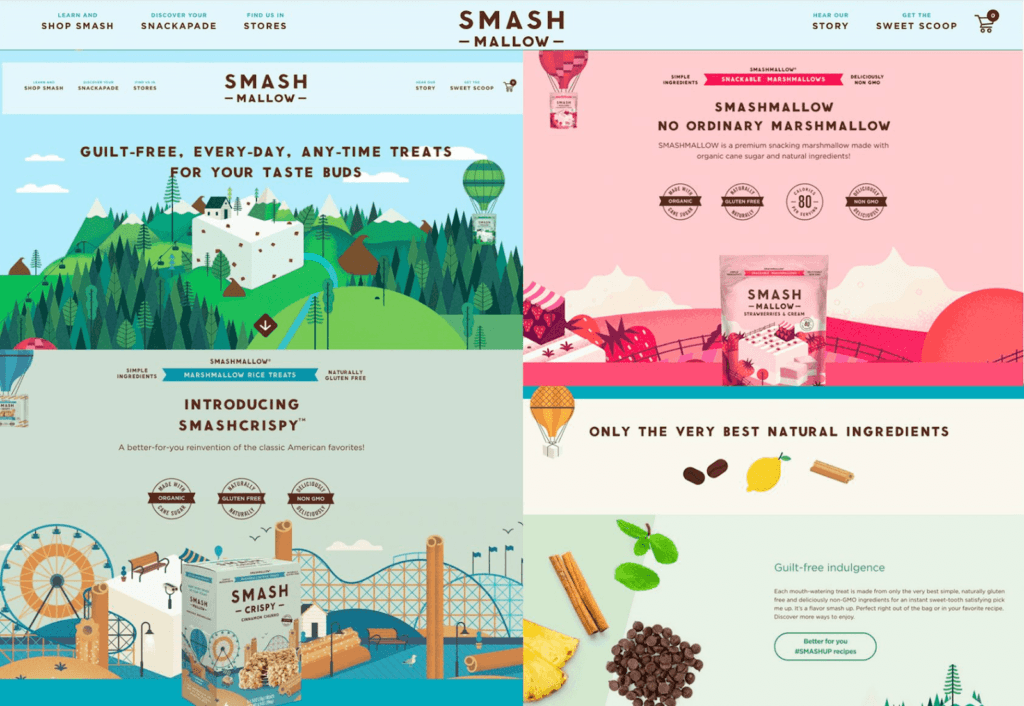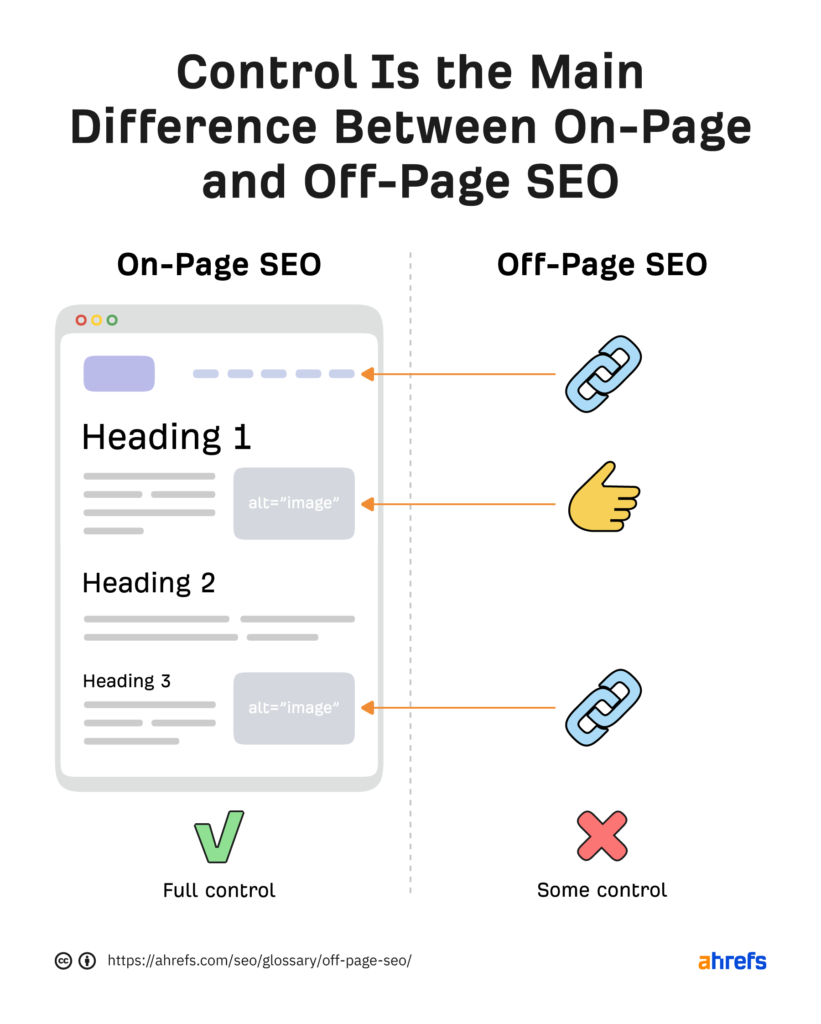8 Best Web Design Tactics Backed By Research
Creating an effective website takes strategic planning and thoughtful execution. You need compelling content presented through intuitive navigation wrapped in appealing visual design. Achieving website success involves art and science across many phases, from planning to launch. This guide covers the top web design tactics for crafting high-quality websites.
Table of Contents
Research Thoroughly Upfront

Jumping into web design without proper planning leads to a disjointed, ineffective site. You must deeply understand both your business and your audience first. Solid upfront research lays the groundwork for website success.
Know Your Target Audience
Your website should specifically appeal to your ideal target demographics. Thoroughly research relevant audience attributes like:
- Age range
- Gender
- Income level
- Education level
- Values and interests
- Pain points
- Goals when visiting your site
Align all web design decisions with appealing to your identified buyer personas. For example, choose visuals representing people similar to your audience engaging with your offering.
Understand The Customer Journey
Map out the typical customer journey to pinpoint precisely how your website fits the more significant process. Identify critical steps website visitors take:
- Initial awareness stage
- Comparing options
- Evaluating credibility
- Overcoming hesitations
- Final call-to-action
Shape site content and navigation to guide visitors through this journey. Ensure you provide the information needed at each step to move visitors closer to conversion.
Research Competitors
Thoroughly analyse competitor websites to identify their strengths, weaknesses and opportunities for differentiation. Make notes on areas like:
- Visual design
- Content presentation
- Features highlighted
- Overall user experience
Learn positive and negative lessons from competitor sites to shape a unique position for your brand. Offer original content and new functionality competitors lack.
Plan The Information Architecture

Information architecture (IA) shapes how website visitors access and digest content through navigation menus, page layouts, cross-linking, visual hierarchy and more. Plan IA early so all design choices logically organise information for user needs.
Define Priority Content Areas
List the 5-15 most crucial content areas website visitors expect and need to see. Common examples include:
- Overview of products/services
- Company credentials
- Contact information
- Pricing/purchase options
- Help/FAQ section
These areas deserve prime real estate and intuitive navigation pathways. Ensure visitors easily find must-have details.
Create A Site Map
A site map visualises the complete website structure, including all pages and sub-pages. This helps assess how website areas connect through menus, buttons and links. Iteratively tweak the site map until the information flows logically.
Group Related Content
Look for content areas aligning with common themes to inform effective page layouts. For example, cluster company history details, founder bios, and culture content under an “About Us” section. Site architecture should feel understandable and predictable.
Design With Breadcrumbs
Since websites often have multiple page levels, use breadcrumb navigation under page titles indicating location. For example, “Home > Products > Software > Purchase” gives contextual understanding. Design IA allows easy upward mobility across sections.
Choose The Right Platform

Your content management system (CMS) powers the functionality and flexibility of the site. Select a platform balancing ease of use and customizability for long-term sustainability.
Compare The Top CMS Options
Research how systems like WordPress, Squarespace, Wix and Webflow stack up across critical factors:
- Ease of use
- Scalability
- Built-in features
- Customizability
- Cost
- Learning curve
Strike the right balance between convenience and creative control in your CMS selection. Consider both current and future site needs.
Prioritise Security
As website platforms increase connectivity, they also raise security risks like hacking and data breaches. Scrutinise any platform’s security provisions, including:
- Encryption protocols
- Permission management
- Automated backups
- Vulnerability monitoring
- Restoration abilities
Choose CMS providers that are attentive to threats and quick to patch any discovered risks.
Confirm Responsiveness
With growing mobile usage, sites must rearrange flexibly across devices. Ensure your platform creates pixel-perfect experiences whether visited on:
- Desktop computers
- Laptops
- Tablets
- Smartphones
Preview site renderings across sizes to confirm seamless responsiveness.
Compare Built-In Features
Balance choosing a platform with ample beneficial built-ins versus maintaining flexibility. Scan for features like:
- SEO optimisation
- Social media integration
- Lead capture forms
- Payment processing
- Review generation
The suitable CMS minimises extra integrations needed for core website functionality.
Assess Ease Of Maintenance
Pick a platform that allows non-technical people to manage content effectively with minimal outside help. Evaluate the workflow for:
- Page creation/deletion
- Content updates
- Image/video uploads
- Product catalogue management
- User permissions
Smooth maintenance preserves time and budget over the long run.
Design Compelling Page Layouts

Page design visually guides visitors to desired actions through strategic content presentation and calls to action. Layouts should capture attention while retaining clarity.
Lead With Impactful Headers
Page headers set the tone for everything, followed by solid visuals and succinct taglines. For example, an education site may show smiling students under the heading “Learn With Joy”.
Well-crafted headers pique visitor curiosity to scroll further. Use large fonts, contrasting colours and relevant graphics to achieve visual dominance.
Use The Inverted Pyramid Style
Journalists use the inverted pyramid structure, putting key details first and supporting by expanded context later. Similarly, prioritise need-to-know website content higher up with supplemental information further down.
Pull In Visual Interest
Attention-grabbing images, videos, charts or icons maintain visitor engagement as they scroll while improving retention. But restraint is advisable — too much visual noise competes with core content absorption.
Include Good Calls-To-Action
Calls-to-action (CTAs) prompt visitors to continue the momentum through clicks. Embed strategically impactful CTAs aligned to customer journey stages, like:
- Request a quote
- Read customer stories
- Sign up for demos
- Access special content
- Purchase products/services
Well-placed CTAs encourage conversion without feeling overly “salesy”.
Use Whitespace And Contrast
Cluttered pages overload visitors with too much content at once. Include plenty of whitespace through margins and line spacing. Use background colours that contrast sufficiently with the text for easy readability.
Select The Right Visual Branding

Visual identity unites your brand's look, feel and personality through colour schemes, fonts, imagery and other tangible elements. Cohesive aesthetics build recognition and amplify messaging.
Design A Logo For Remembrance
As the cornerstone of visual branding, your logo iconography should uniquely encapsulate your positioning. Recall how the curved Starbucks mermaid and angular Nike “Swoosh” achieve instant recognition.
Logos work hardest when simplified to essential elements reflecting brand promises. Create an original logo insignia that customers quickly identify as your trademark.
Establish A Colour Palette
Align colours to brand personality with bright, flashy hues conveying high energy or muted earth tones promoting ecological goods.
Limit primary colours to two or three for cohesion—accent with secondary shades highlighting calls-to-action linking to conversions.
Select Distinctive Typography
Fonts guide visual tone through formal serif or informal sans-serif types. Crisp, modern fonts like Arial suit forward-thinking brands, while classic Times New Roman better fits old-world industries.
Whatever fonts are chosen, use only one or two for consistency. Avoid hard-to-read decorative fonts distracting from legibility.
Show Lifestyle Photos
Imagery also expands branding engagement by featuring real people interacting with your offering, illustrating target lifestyles. For example, an athletic clothing company may show groups hiking together.
Diverse, inclusive photos allow broader audiences to envision participating. Images should feel spontaneous, not rigidly posed.
Include Purposeful Icons
Icons supplement text through symbolic shorthand, simplifying complex ideas into single graphics. For instance, a contact page may have phone and email icons rather than fully spelling details.
Original iconography adds visual flair when designed cohesively with other branding elements using on-brand shapes, colours and styles.
Optimise For Search Engine Discovery

Attract qualified visitors through savvy SEO, maximising discoverability and engagement to lift organic searches. Plan SEO, beginning with site architecture and going through keyword targeting to metadata enhancements.
Utilise SEO-Friendly CMS Capabilities
Modern content management systems embed helpful SEO features like:
- Keyword tracking
- XML sitemaps
- Search engine index controls
- Built-in metadata templates
Choose a platform where SEO optimisation happens quickly behind the scenes without deep technical skills.
Brainstorm Relevant Keywords
Listing out 10-20 keywords and phrases customers likely use when searching for offerings guides effective optimisation. Tools like Google Keyword Planner help expand options.
Weave selected terms throughout the site copy naturally without “keyword stuffing”. Include keywords within page titles and section headers tagged appropriately.
Shape Metadata For Each Page
Metadata gives search engines information about specific pages when crawling sites. Carefully craft a unique meta title, description, and focus keywords for all pages. Keep descriptions under 160 characters, summarising page purposes concisely to inspire clicks.
Link Internally Extensively
Add hyperlinks connecting related content across your site. This signals search engines about informational relationships, improving crawl efficiency to index all pages. Especially link deeper pages to higher-authority Home and About Us pages.
Create Useful Alt Text
Write descriptive alternative text summarising images, charts and graphics on each page. Assistive devices for those with disabilities rely on alt text. Plus, search engines compile alt text into overall page indexing. Use concise, keyword-rich descriptions.
Promote Engagement Through Interactive Content

Static text struggles to hold the audience's attention compared to interactive modules, creating two-way discovery. Embed quizzes, assessments, calculators, and other widgets boost participation.
Spotlight Products With Configurators
Product configurators allow customising purchase variables like size, colour and add-ons through selectable attributes. Configurators boost confidence in fit and may enable upsells.
Share Calculators And Quizzes
Offer website visitors helpful tools, like mortgage calculators, retirement planners or home value estimators. Entertaining quizzes identifying the best product matches are helpful.
Set Up Downloadable Resources
Visitor registrations increase when gating meaty resources like ebooks, whitepapers or how-to guides behind contact forms. Offer at least 3-5 valuable assets showcasing expertise.
Curate Image Galleries
Enabled zoom functionality for galleries featuring infographics, product images or behind-the-scenes photos. Let visitors self-direct more visual discovery aligned to interests.
Embed Relevant Videos
Short videos personalised to site sections provide helpful demonstrations, while variability maintains attention better than static pages. Stay under two minutes highlighting user benefits.
Gamify With Assessments
Interactive assessments provide personalised recommendations tuned to visitor needs and link site relevance to enjoyment. Outcome-driven quizzes feel engaging, not intrusive.
Enhance Usability Through Testing

Even experienced designers hold biases that influence site perspectives. Fresh visitor feedback spots issues and suggests improvements designers miss—Prioritise usability testing throughout development.
Validate With The 5-Second Test.
Show page screenshots to target users for 5 seconds, then hide them. Ask what the page seems to offer based on initial impressions. Pages failing to convey purpose in 5 seconds need clarity improvements.
Identify Pain Points
Watch representative visitors complete tasks on your site, like finding contact info or checking shipping policies. Note where users struggle to understand navigation pathways or calls to action. Fix these pain points accordingly.
Assess Page Download Speeds
Google prioritises pages with the fastest load times in search results. Test site speed using online tools pinging from global locations. Identify heavy files and bog things down like high-resolution hero images to optimise.
Solicit Open-Ended Feedback
Prompt testers for their honest thoughts on site likes, dislikes and suggested changes. Open dialogue reveals areas for improvement that designers otherwise miss.
Plan Regular Redesigns
User preferences constantly evolve, requiring website updates to meet emerging needs and trends. Schedule complete site analysis every 2-3 years to launch refreshes. Ongoing small-scale tweaks happen even more frequently.
Conclusion
Achieving website success involves balancing smart strategy with creative presentation across all phases of development. Follow user-centric best practices in planning, platform selection, design, writing, and optimisation rooted in research. Keep the ideal target audience perspective central throughout the decision process.
Test comprehensively at multiple checkpoints to catch issues early. Launching and forgetting websites invites failure — continually reassess effectiveness through analytics and user feedback for enduring value over the long haul. With vigilance across these foundational areas, your website fuels sustainable growth and consumer satisfaction.
FAQs on Web Design Tactics
Here are five frequently asked questions about best web design tactics:
What are the most critical early steps when starting a website project?
Thoroughly researching your target audience and their critical needs must happen before any design work begins. Understand customer journeys to shape relevant site content and logical navigation flows.
What makes website content compelling?
Shape content for reader ease through clear headers, good visuals, and inverted pyramid structuring. Add interactive elements like quizzes and calculators, boosting engagement. Share free, downloadable resources offering value in exchange for lead contacts.
How can I make my website stand out from competitors?
Analyse competitor website strengths and weakness gaps. Brainstorm original offerings like new branded content sections, innovative layouts and unique features your ideal audience wants but competitors lack.
How often should I update my website after the initial launch?
Assume user preferences and expectations constantly evolve, requiring ongoing website adaptation. Reassess visitor feedback, site analytics and market trends every 2-3 months for minor changes to improve resonance. Allow for complete website overhauls every 2-3 years, realigning more deeply to new customer needs.
What is most vital for selecting the right web development partner?
Find web design specialists balancing creative skills with technical expertise across areas like responsive layouts, search optimisation and analytics integration. More importantly, ensure philosophical alignment on customer-centric, conversion-focused design grounded in research. Confirm flexibility in adapting to unique business needs and future requests.
